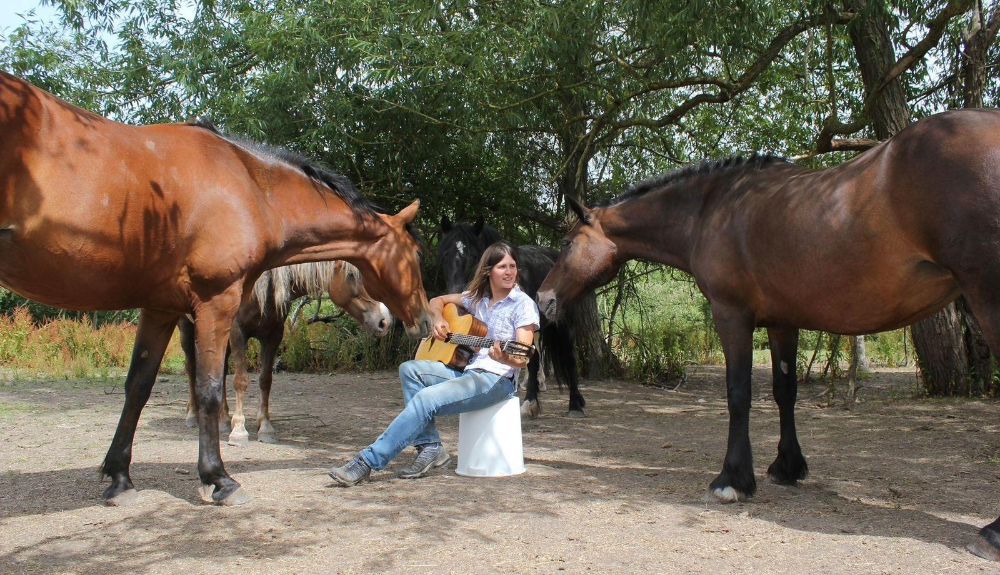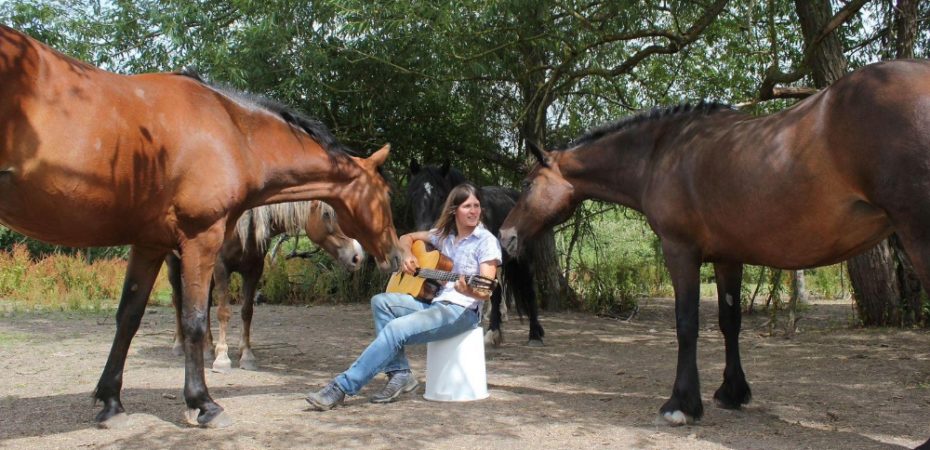
In this extra post, Glen Cousquer, Lecturer and Programme Coordinator in One Health↗️ and Conservation Medicine↗️, explores the power of transformative and genuine dialogue in addressing all forms of oppression, including bullying.
It is probably fair to say that each of us has a life time of experiences of wishing we had found the right words to skilfully address a tricky situation that has upset or unsettled us. From calming an angry client or customer who has just shouted at a member of our team, to calling out a discriminatory comment made by a colleague, to addressing micro-aggressions, it seems that the reactive retort comes easily whereas the perfectly measured response remains elusive.
In Buddhism, the notion of Right Speech captures this skilful move where we transcend our reactive state and transform the situation. In this blog to mark the end of National Anti-bullying Week, we explore the promise and power of Non-Violent Communication, a form of non-violence whose grounding and testing in the Civil Rights Movement has established its relevance to addressing all forms of oppression, including bullying.
One of the fathers of the Non Violence movement, that emerged in the second half of the 20th Century, is the Buddhist monk Thich Nhat Hanh whose opposition to the Vietnam War inspired American Civil Rights Leaders, including Martin Luther King and John Lewis. Lewis was a leader in the American Civil Rights Movement, chairman of the Student Nonviolent Coordinating Committee (SNCC) and played a key role in the struggle to end segregation. Despite more than forty arrests, physical attacks, and serious injuries, Lewis remained a devoted advocate of the philosophy of nonviolence and writes in his memoir (Lewis, 2016)↗️:
“The most important lesson I have learned in the fifty years I have spent working toward the building of a better world is that the true work of social transformation starts within. It begins inside your own heart and mind, because the battleground of human transformation is really, more than any other thing, the struggle within the human consciousness to believe and accept what is true. Thus to truly revolutionize our society, we must first revolutionize ourselves. We must be the change we seek if we are to effectively demand transformation from others”.
The US’s Bloody Sunday is often considered to be the 7th March 1965, when a 25-year old Lewis led over 600 marchers across the Edmund Pettus Bridge in Selma, Alabama and faced brutal attacks by oncoming state troopers. The training in non-violence that preceded the freedom marches is remarkable and ensured that the oppressed could look their oppressor in the eye:
“Well, long before any sit-in, any march, long before the freedom rides, or the march from Selma to Montgomery, any organized campaign that took place, we did study. … We studied. We studied what Gandhi attempted to do in South Africa, what he accomplished in India. We studied Thoreau and civil disobedience. We studied the great religions of the world. And before we even discussed a possibility of a sit-in, we had role-playing. We had what we called social drama”.
“And we would act out. There would be Black and white young people, students, interracial group, playing the roles of African Americans, or be an interracial group playing the roles of white. And we went through the motion of someone harassing you, calling you out of your name, pulling you out of your seat, pulling your chair from under you, someone kicking you or pretending to spit on you”. (On Being, 2020↗️)
According to Thich Nhat Hanh, right speech is “all a matter of art and timing” but this too has to be nurtured through the eco-somatic practice of role playing how we develop our responsiveness when subject to abuse.
Non-violent communication has since emerged as a contemporary non-violent practice. It was developed by the psychologist Marshall Rosenberg, who recognised that needs are never in opposition whereas our strategies for meeting them are. The practice that emerged from this crucial recognition works to resolve conflict by expressing needs without blame or criticism, then listening and responding empathically. As such it is a reciprocal process, rooted not in monologue or debate (technical dialogue) but in genuine dialogue. This is why training is needed and should be provided by organisations intent on dealing with bullying.
The basic steps are as follows:
-
- Observe the situation upsetting you and describe it in language free of judgment.
- Understand that external events are only a trigger for, not the cause of, your inner reactions.
- Connect your feelings with the needs that were unfulfilled in the situation.
- Follow up with a specific do-able request.
- Listen carefully to the other person’s response and to the feelings and needs their words are expressing, even indirectly.
- Empathise with the other person’s feelings and needs.
- Differentiate between universal human needs and pet strategies for meeting them.
- Brainstorm strategies that meet everyone’s needs.
- Be willing to take no for an answer.
A key area for learning here is the distinction between needs and strategies and this is where the artistry referred to by Thich Nhat Hanh comes in. “The way out is in” has been Hanh’s mantra throughout much of his life and this starts to make sense when we look at the connection between Nonviolent Communication skills and bullying: NVC recognises that we all suffer. And by recognising our shared suffering, NVC can help us get to the root of why people bully others, it then becomes possible to help both victims and perpetrators learn, heal, and grow.
Those wanting to learn more about this approach to transcending conflict are encouraged to visit the website of the Centre for Non-Violent Communication↗️ (CNVC) where you will find details of the training programmes they offer across the world, including in-person, hybrid and online training. In Scotland, Roz Adams provides workshops and can be contacted through the CNVC or via the Non-Violent Communication Scotland Facebook page↗️.
References
Lewis, J. (2016). Across that bridge : life lessons and a vision for change↗️. Hachette Books.
On Being. (2020, July 23). John Lewis — Love in Action. The On Being Project. https://onbeing.org/programs/john-lewis-love-in-action/↗️
Rosenberg, M. B. (2015). Nonviolent communication: A language of life↗️ (3rd ed.). PuddleDancer Press.
 Glen Cousquer
Glen Cousquer
Glen Cousquer is a recipient of the 2022 RCVS Compassion Award↗️ for his work on embedding compassion into teaching and learning and campus culture. He is a recipient of the 2021 EUSA Outstanding Commitment to Social Justice and Sustainability Award↗️ and the 2020 Social Responsibility and Sustainability Changemaker Awards↗️ in recognition of his work on sustainability across the University, including the embedding of deep listening and sustainability into postgraduate training courses for healthcare professionals.
Glen’s research into the health and welfare of pack animals on expedition and across the global mountain tourism industry led to the development of new industry standards and the development of multispecies awareness-based Action Research methodologies to help deliver emergent futures. This work has informed the development of dialogical approaches to establishing communities of practice and inquiry, change theory, and practice for sustainability, as well as more recent work on ecological pilgrimage that has led to the publication of a new guidebook on the Way of St Cuthbert↗️. Since February 2018, he has been lecturing on and coordinating the MSc and MVetSci programmes in One Health and Conservation Medicine at The University of Edinburgh.



What an interesting and wonderful research collaboration between @ellencochrane and @glencousquer!
Based on well-established principles on non-violent communication, using fascinating empirical research from the equine world on ‘partnering’ vs. ‘domineering’, this refreshing paper shows the power of compassion. A wonderful read!!
This is a great article, bringing contemporary Non Violent Communication into a wider perspective of Civil rights. I also teach the outline of Non Violent Communication to my documentary students: it has a great impact on their ability to remain in relationship, without judging, and in self care.